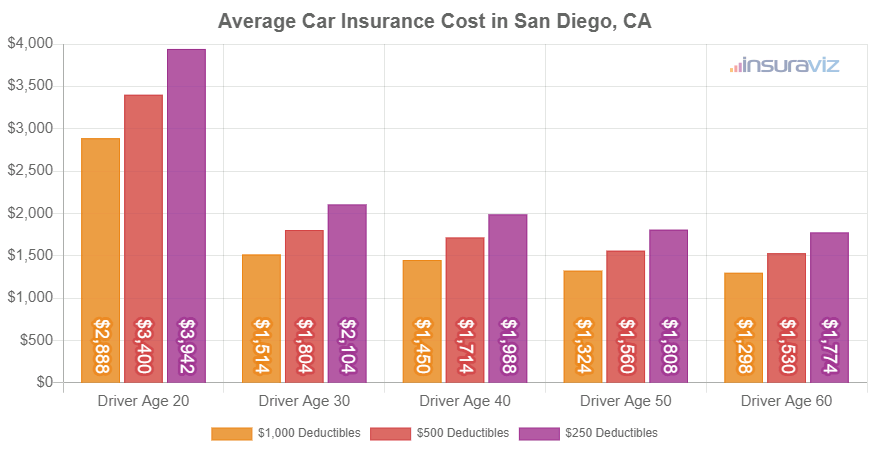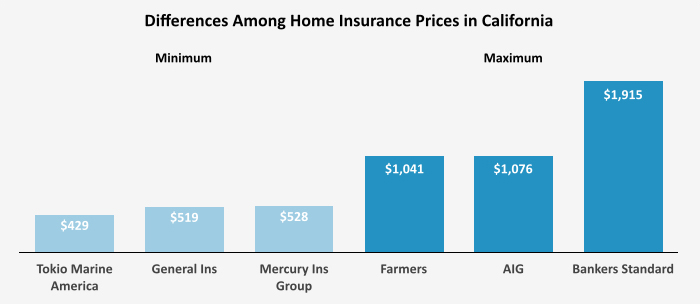
These are just a few of the things you should remember when purchasing pet insurance. The first is to know the cost of veterinary treatment. Vet bills are higher in big cities because veterinarians earn more and advanced care is more likely to be available. This can raise the cost of your pet policy. There are monthly processing and enrollment fees that you should consider.
Age
Most pet insurance policies will cover your pet up to eight weeks of age. After that age, it is more costly and more difficult to get a policy. Senior pets require more medical attention. They can still be insured. Pet insurance policies for older pets will typically reimburse 90% of the cost of the medical care your pet needs.
Pet insurance premiums can go up as your pet ages, but there are ways to lower the monthly cost. You can reduce your monthly cost if your pet's age is less than ten years. To reduce your monthly cost, you'll have to change the terms of the insurance policy for older pets.

Breed
There are a few things that influence the price for pet health insurance. Certain breeds can be more costly to insure than others. Due to their genetic makeup, certain breeds are more prone to certain diseases or ailments. A purebred pet can increase your monthly premiums. There are companies that will group certain breeds together into risk pools.
The cost of pet insurance can vary greatly depending on the breed and whereabouts. Basic policies provide coverage for injuries and illnesses. More comprehensive plans cover lab fees as well as diagnostic tests. You can also enroll in pet wellness plans that reimburse you for preventative care. In general, pet health insurance is similar to human health insurance in terms of cost and coverage.
Lage
In some cases, the location of the pet owner can make a big difference in the price of pet insurance premiums. If a pet owner is located in New York City, they will likely spend more than someone who lives in rural North Dakota. This is because there are differences in how much veterinary care costs in different states. Some carriers will adjust the premiums according to the state where the owner resides.
It is more costly to get veterinary care in metropolitan areas. Because vets' salaries are higher in big cities, their fees tend to be higher. Moreover, many insurance companies charge higher premiums in these areas to compensate for higher expenses. In addition, some pet insurance companies charge transaction fees or maintenance fees, which may affect a pet owner's decision to purchase a policy. Many pet insurance companies offer discounts for policy holders who pay in advance.

Reimbursement percentage
A higher reimbursement percentage means that you won't have to pay as much out of pocket when your pet is sick. That means less monthly payments for you, and a lower premium. Lower reimbursement percentages mean lower premiums, but you may have more to cover medical costs.
Different reimbursement percentages are offered by different pet insurance companies. These can vary from seventy% to ninety%. You will be able to claim in cash if you have to pay higher monthly premiums. However, higher percentages can mean higher monthly premiums. If you are looking for the best pet insurance, ensure that your premium includes a similar deductible to the one you pay for regular insurance.